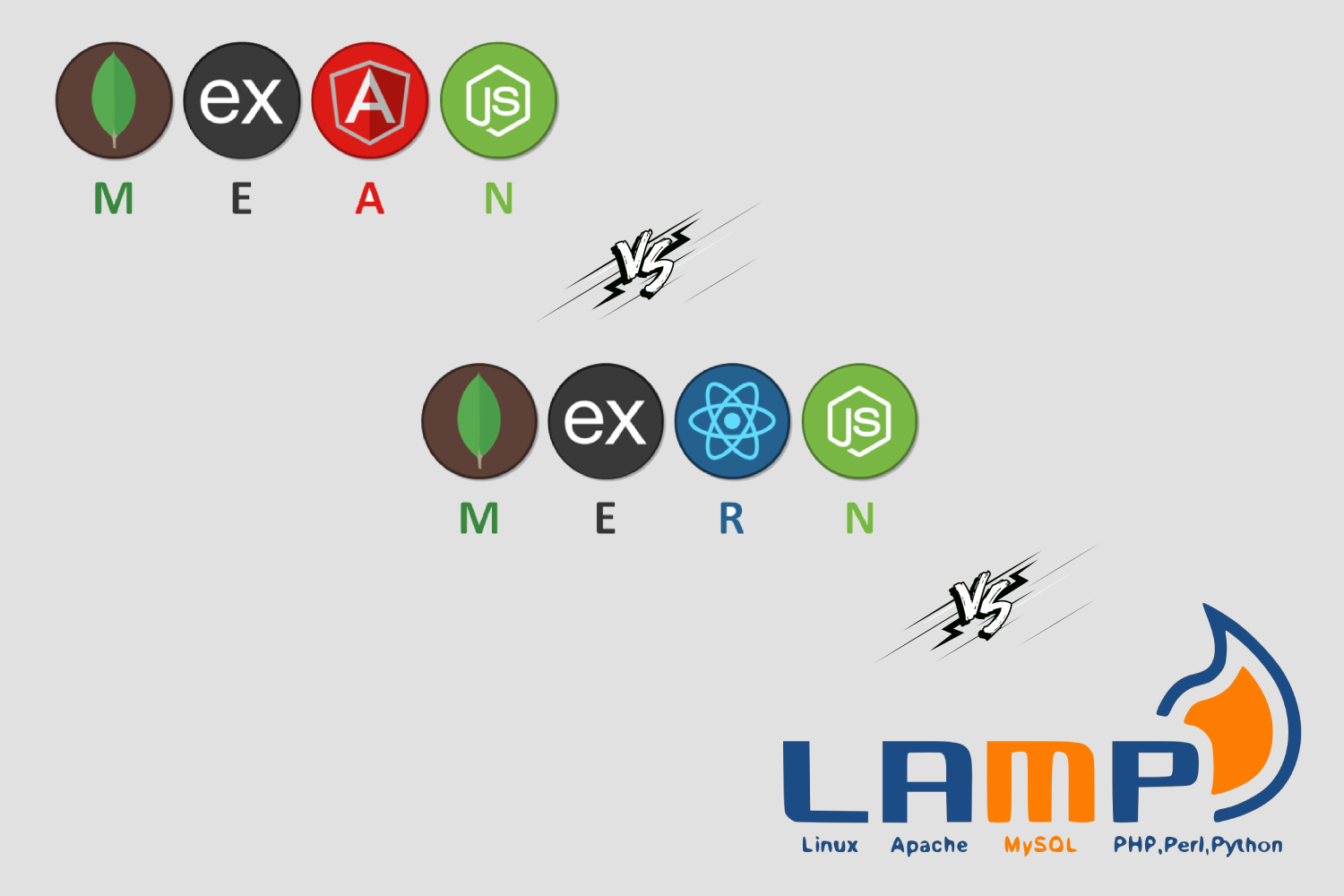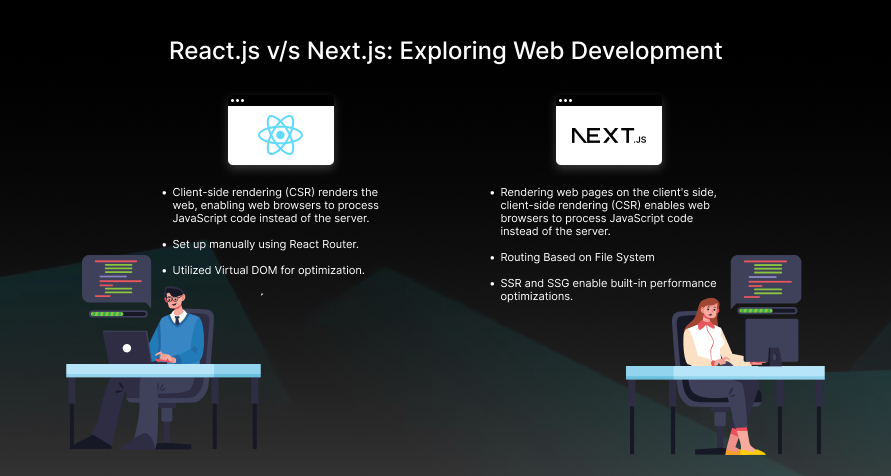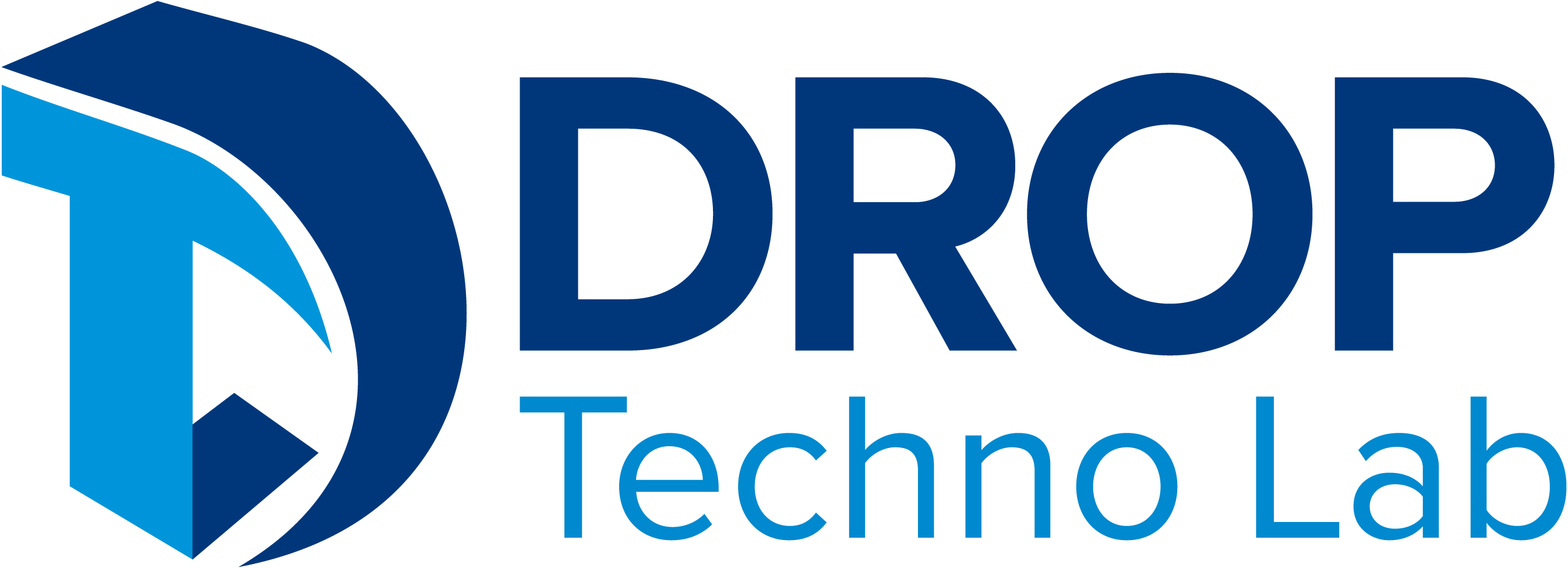Understanding of MEAN, MERN, and LAMP:
MEAN and MERN are prominent technology stacks employed in web application development, each offering distinct advantages. The critical contrast lies in their frontend frameworks, with MEAN utilizing AngularJS and MERN employing React JS.
The MEAN stack is renowned for its proficiency in handling enterprise-level applications, while MERN is favored for smaller-scale projects. Selecting the ideal tech stack hinges on various factors, such as project complexity and timeline.
On the other hand, the LAMP stack amalgamates four software technologies to facilitate web development. Linux is an operating system, Apache is a web server, MySQL is a database server, and PHP, Perl, and Python are programming languages.LAMP’s open-source nature makes it freely accessible to developers and is particularly suitable for extensive yet small-scale projects.
Explaining MEAN:
- M stands for MongoDB: MongoDB stores application data in JSON format, facilitating seamless data transfer between client and server.
- E stands for Express.js: Built on Node.js, Express.js enables smooth data transmission between the front and back end using JavaScript.
- A stands for AngularJS: AngularJS enriches HTML tags with metadata, offering a dynamic and interactive web experience.
- N stands for Node.js: Node.js provides a JavaScript runtime environment for server-side operations beyond the browser.
Describing MERN:
- M stands for MongoDB: MongoDB facilitates database creation and manipulation via a JS interface.
- E stands for Express.js: Express.js manages backend operations in the same role as MEAN.
- R stands for React JS: This front-end JavaScript library excels at building user interfaces for various applications.
- N stands for Node.js: Node.js handles server-side tasks, coordinating with React for rendering.
Understanding LAMP:
- L stands for Linux: Linux is the foundational layer, interfacing between hardware and software.
- A stands for Apache: Apache processes requests and serves web assets via HTTP, ensuring accessibility.
- M stands for MySQL: MySQL manages relational databases, storing and querying information efficiently.
- P stands for PHP: PHP enables dynamic processes on the server side, executing scripts for website functionality.
Comparison between MEAN, MERN vs LAMP Stack:
|
MEAN, MERN Stack |
LAMP Stack |
| It operates on a cross-platform operating system. | Operates exclusively on the Linux operating system. |
| Utilizes MongoDB as its non-relational database. | Utilizes MySQL, a relational database management system. |
| Employs JavaScript for both front-end and back-end development. | Utilizes PHP (or alternatives like Ruby or Python) for server-side scripting. |
| Benefits from a non-blocking structure, enhancing speed and scalability. | Known for its stability and scalability. |
| Components include MongoDB, Express.js, Angular (for MEAN), React (for MERN), and Node.js. | Components include Linux, Apache, MySQL, and PHP (or alternatives). |
Conclusion:
This blog compares the MEAN, MERN, and LAMP stacks. MEAN uses MongoDB, Express.js, Angular, and Node.js. MERN swaps Angular for React, while LAMP comprises Linux, Apache, MySQL, and PHP. Choosing the right stack is crucial for business success. Drop Techno Lab offers tailored solutions for fast, attractive website development.










